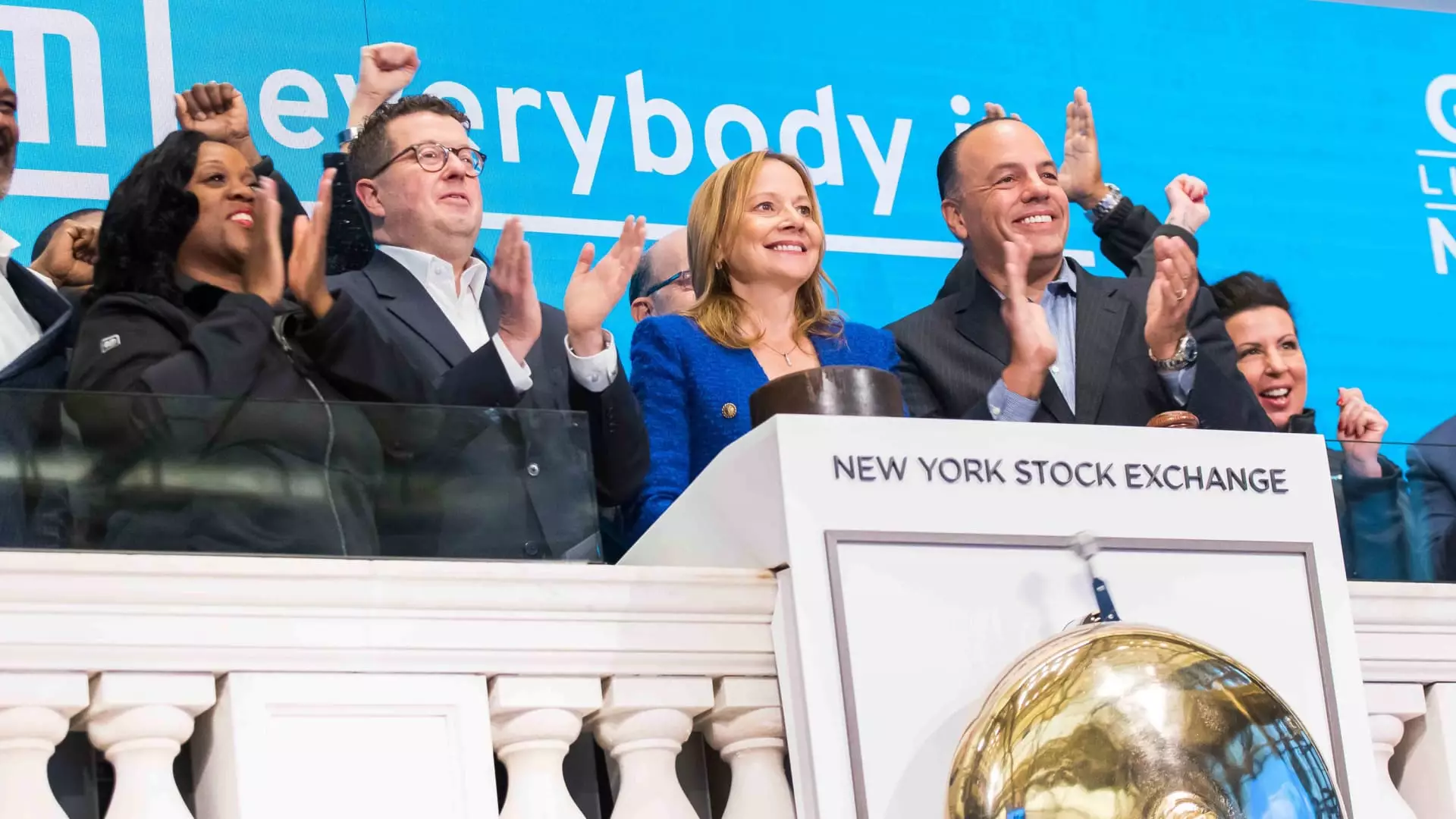In a proactive move to enhance shareholder value, General Motors (GM) has announced a notable increase in its quarterly dividend alongside a substantial share repurchase initiative. This decision comes at a time when the automotive landscape is characterized by sluggish sales and reduced profitability. By raising its quarterly dividend by 25% to fifteen cents per share, GM aligns itself with its competitor Ford Motor Company, which reflects a strategic effort to maintain competitiveness not only in products and services but also in capital returns to investors.
Details of the New Financial Initiatives
The revamped capital distribution strategy includes a $6 billion share repurchase program, with an immediate focus on using $2 billion for buybacks expected in the second quarter. GM’s CEO Mary Barra emphasized the company’s commitment to capital allocation in her announcement, highlighting the importance of reinvesting in the business, sustaining a robust balance sheet, and returning capital to shareholders. This approach underscores GM’s intent to fortify its financial foundation while meeting the increasing expectations of its investors.
Evaluating Share Performance in Context
Despite these assertive steps aimed at boosting stock prices, GM’s share value has experienced a decline of over 12% this year. This paradox raises questions about the effectiveness of the company’s efforts to reverse the downward trend in its stock. Analysts attribute this to stagnating industry sales and mounting regulatory challenges that could hinder future growth prospects. For investors, the inconsistency between the company’s solid quarterly performance and its tumbling stock price is a cause for concern. This highlights a broader issue: even amidst strong operational results, external factors heavily influence market performance.
The ongoing share repurchase strategy involves an intricate mechanism where the total number of shares bought back will depend on the average volume-weighted price of GM’s stock during the course of the buyback program. Supported by major financial institutions like JPMorgan and Barclays, this program is designed not only to stimulate stock prices in the short term but also to manage the company’s capital structure more effectively. Additionally, GM has indicated that they have approximately $4.3 billion remaining for further opportunistic buybacks outside the accelerated portion of the new plan, highlighting flexibility and readiness to act on favorable market conditions.
Looking ahead, GM has provided a comprehensive forecast for 2025, estimating net income attributable to shareholders in the range of $11.2 billion to $12.5 billion, which translates to approximately $11 to $12 per share. Their projected adjusted earnings before interest and taxes (EBIT) stands between $13.7 billion and $15.7 billion. While these figures seem promising and indicate a direction of growth, they must be scrutinized against the backdrop of a challenging automotive environment. Factors like fluctuating regulatory requirements and trade tariffs are looming uncertainties that could significantly impact future profitability.
GM’s recent financial maneuvers illustrate an attempt to reward stakeholders while navigating a complex and often turbulent automotive industry landscape. The chosen strategies seem calculated; however, the effectiveness of such actions hinges upon external market dynamics and the company’s ability to adapt rapidly to evolving conditions. As GM forges ahead, its commitment to improving shareholder returns will be scrutinized closely against the realities of market performance and economic shifts. The success of these initiatives will ultimately depend on how well GM can balance shareholder satisfaction with operational adaptability amid looming challenges.


Leave a Reply